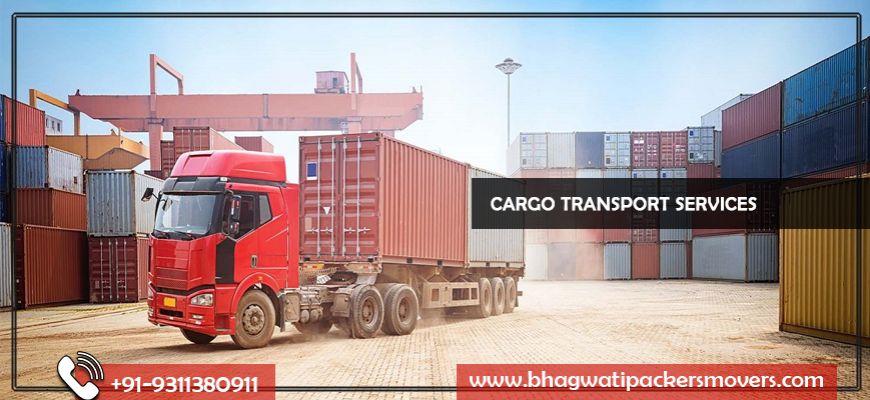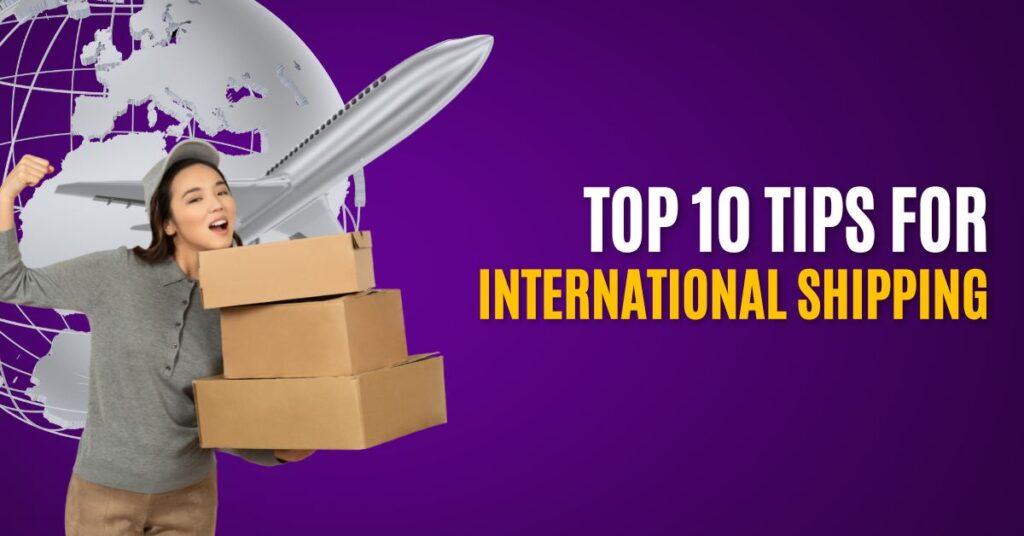In our interconnected world, the efficient movement of goods is essential for businesses to thrive and economies to flourish. Cargo transport, encompassing various modes such as shipping, air freight, rail, and trucking, plays a pivotal role in this process. Understanding the nuances of cargo transport is crucial for businesses looking to optimise their supply chains and ensure timely delivery of goods. In this guide, we’ll delve into the intricacies of cargo transport, exploring different modes, key considerations, challenges, and emerging trends.

Modes of Cargo Transport
1. Shipping:
- Ocean Freight: The backbone of global trade, ocean freight involves transporting goods via ships across oceans and seas. It’s cost-effective for large shipments but tends to have longer transit times.
- Inland Waterway Transport: Utilizing rivers, canals, and lakes for cargo transportation, this mode is particularly prevalent in regions with extensive waterway networks.
2. Air Freight:
- Speed and Efficiency: Air freight is unparalleled in terms of speed, making it ideal for perishable goods and high-value items.
- Cost Considerations: While fast, air freight can be considerably more expensive compared to other modes, making it suitable for time-sensitive shipments.
3. Rail Transport:
- Efficient Land Transport: Rail offers a balance between speed and cost efficiency for land-based cargo transport.
- Intermodal Solutions: Many businesses opt for intermodal transportation, combining rail with other modes like trucks for seamless delivery.
4. Trucking:
- Last-Mile Delivery: Trucks play a crucial role in delivering goods to their final destinations, especially in urban areas.
- Flexibility and Accessibility: Trucks offer unmatched flexibility, allowing for door-to-door delivery and access to remote areas.
Key Considerations in Cargo Transport
1. Freight Costs:
- Understanding Rates: Freight rates vary based on factors such as distance, mode of transport, cargo type, and demand-supply dynamics.
- Negotiating Contracts: Businesses can negotiate contracts with carriers to secure favorable rates and terms.
2. Transit Times:
- Balancing Speed and Cost: Choosing the right mode of transport involves striking a balance between transit time and cost. Urgent shipments may warrant air freight, while less time-sensitive cargo could utilize ocean or rail transport.
3. Security and Insurance:
- Mitigating Risks: Cargo theft, damage, and loss are inherent risks in transport. Investing in insurance coverage and implementing robust security measures are essential to safeguarding shipments.
4. Sustainability:
- Environmental Impact: As sustainability becomes increasingly important, businesses are exploring greener transport options and adopting eco-friendly practices to minimize their carbon footprint.
Challenges in Cargo Transport
1. Infrastructure Constraints:
- Port Congestion: Growing trade volumes strain port capacities, leading to congestion and delays.
- Transportation Networks: Inadequate infrastructure and road/railway conditions can impede the smooth flow of cargo.
2. Regulatory Compliance:
- Customs and Trade Regulations: Navigating complex customs procedures and compliance requirements is a challenge, particularly in international trade.
- Environmental Regulations: Compliance with environmental standards adds another layer of complexity to cargo transport operations.
Emerging Trends in Cargo Transport
1. Digitalization:
- Blockchain Technology: Enhancing transparency and traceability in supply chains, blockchain solutions are revolutionizing cargo tracking and documentation.
- Data Analytics: Leveraging big data analytics enables predictive maintenance, route optimization, and demand forecasting.
2. Autonomous Vehicles:
- Driverless Trucks and Ships: Automation is reshaping cargo transport, with autonomous vehicles offering potential cost savings and increased efficiency.
- Challenges and Opportunities: While promising, widespread adoption of autonomous technology faces regulatory hurdles and safety concerns.
3. Green Initiatives:
- Alternative Fuels: From electric trucks to biofuels for ships, the industry is embracing alternative fuels to reduce emissions and combat climate change.
- Efficiency Improvements: Innovations in aerodynamics, route optimization, and energy-efficient technologies are driving sustainability efforts in cargo transport.
In conclusion, navigating the world of cargo transport requires a comprehensive understanding of different modes, key considerations, challenges, and emerging trends. By staying informed and embracing innovation, businesses can optimize their supply chains, enhance efficiency, and contribute to a more sustainable future in global trade.


